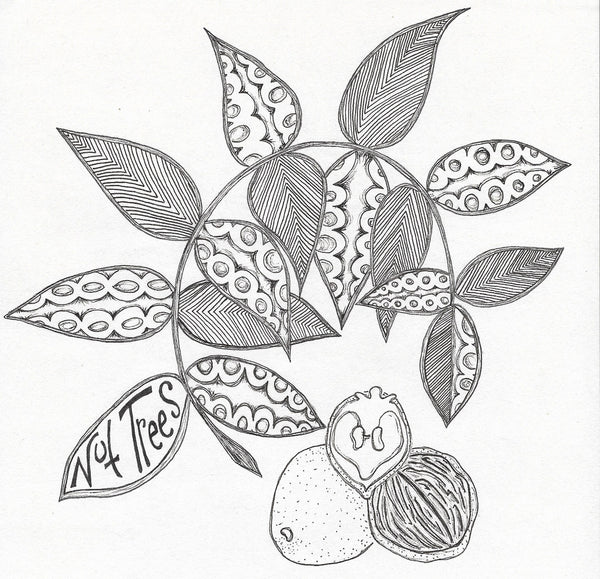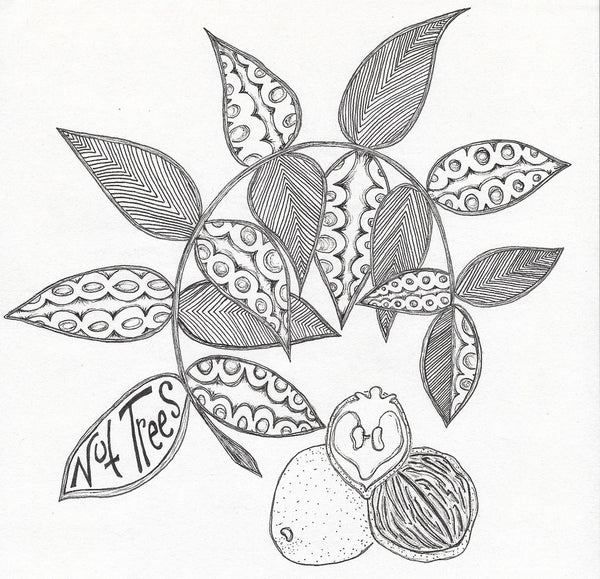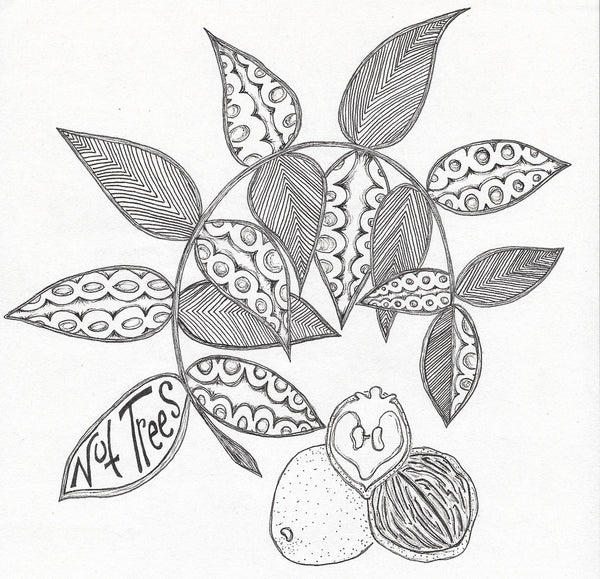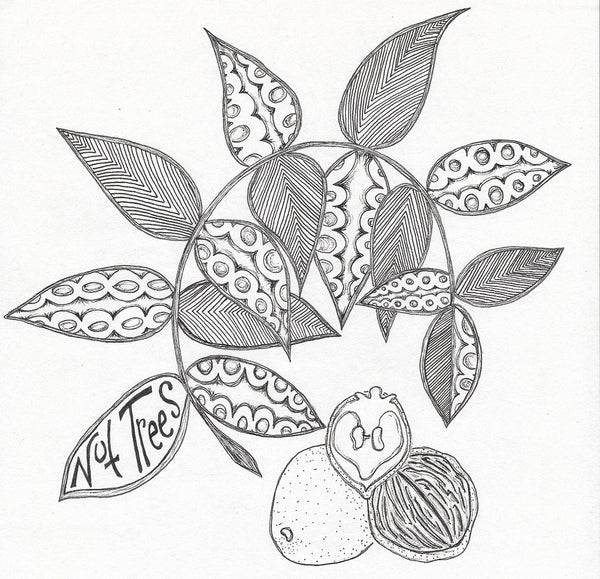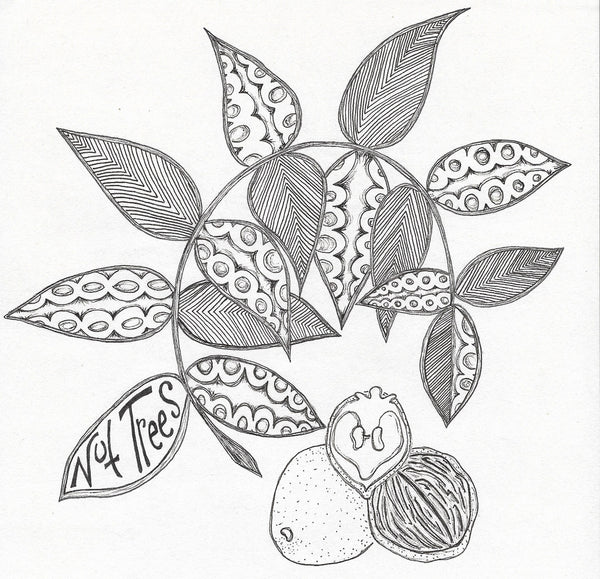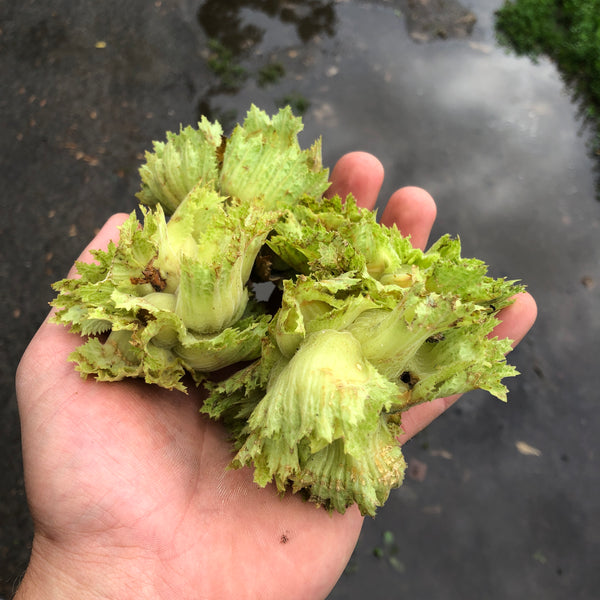Nut Trees
Seedling vs Grafted
These trees grow directly from the nut rather than being grafted onto a rootstock. Like children, seedlings are each genetically different. They will not be an exact copy of either parent. The parents of our nut tree seedlings are selected for superior hardiness, nut quality, and straight, timber-type growth. Traits like upright growth habit and hardiness are relatively “fixed” and are present in almost all seedlings of these parents. (Those that do not measure up are eliminated.) Ease of cracking, size of nuts, and time of ripening will be more variable. Because of the genetic diversity inherent in seedlings, a small percentage will actually exceed the performance of both parents. Keep your eyes open for the “exceptional child!”
Choosing a site for your nut trees
Young nut trees require extra care during and immediately after planting, such as a deeper hole for the taproot, a good deep mulch to hold moisture, and water every day while their root systems are getting established. Be sure that you can provide water to the trees during their first growing season. Each tree should receive 5-10 gallons of water per day until the end of May, and 2-3 times per week thereafter through mid-July. Nut trees grow very fast in rich soil, and do well near river bottoms (but not in frost pockets). Soils with some clay that are not constant wet spots are good for most nut trees. They can tolerate wetter soils than fruit trees but will drown if their roots are sitting in water all year round. The exceptions to these guidelines are hazelberts, Korean nut pines, and American chestnuts, which do not have a taproot and, like fruit trees, favor light, well-drained soils. A little extra fuss and care during this first important year will yield a beautiful stand of trees that will be a rewarding asset to the landowner and to future generations.
Pollination and spacing in nut trees
Most of the nut trees we offer require pollination by a second tree of the same species to produce a good quantity of filled nuts. In a stand of black walnuts, chestnuts, hickories, or oaks, the trees should be planted 20 to 40 feet apart (or as close as 15 feet apart if planting a single row.) The closer spacing will force them to grow straight and tall; after 20 years or so the stand can be thinned for timber. If you do not plan to thin the stand, choose the wider spacing pattern. For hazelberts, which grow as a large bush (10-15 feet tall at maturity,) a spacing of 3 feet apart will make a nice hedge; for pollination they should be no more than 6 to 8 feet apart.
Deer Protection
In some areas, deer may browse back the tips of black walnut and other nut trees. If this is the case, deer control measures, especially fencing to prevent access while the trees are young, will improve the growth of your nut trees. For areas that cannot be fenced, consider Plant Protec® deer repellent units. Avoid the use of “tree tubes,” especially in northern areas. They can create a “mini-greenhouse” effect that leaves the tree vulnerable to winter injury
How soon will they yield nuts?
This will vary widely with species, soil, climate and care. General guidelines are 5 - 10 years for chestnut, oak, black walnut, or hickory, and 3 - 5 years for hazelberts.

